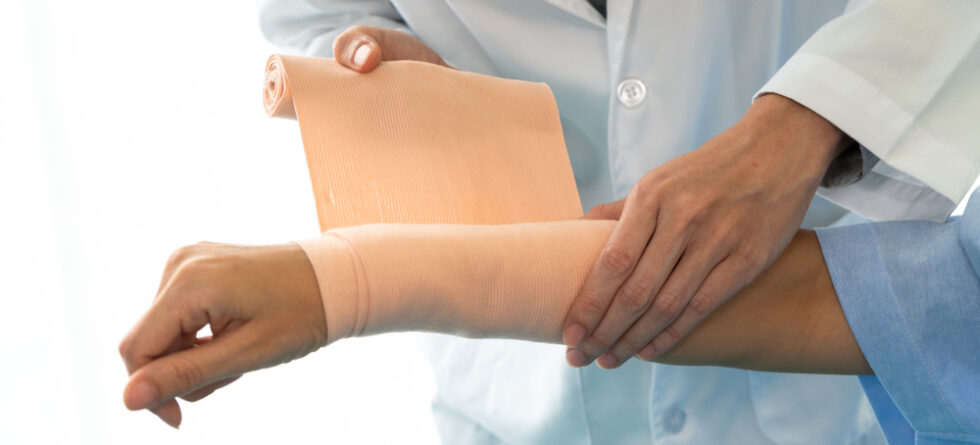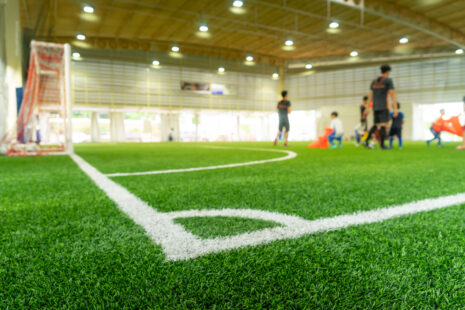The most common wrist injury in gymnastics is typically a wrist sprain or strain. This occurs when the ligaments or muscles around the wrist are stretched or torn due to impact, overextension, or repetitive stress.
Several factors contribute to wrist injuries in gymnastics…
- Repetitive Movements – Gymnastics involves repetitive motions such as handstands, cartwheels, and weight-bearing activities on the hands, which can strain the wrist joints and surrounding tissues over time.
- Weight-Bearing Activities – Many gymnastics maneuvers require the gymnast to support their body weight on their hands, wrists, and arms, putting significant pressure on the wrist joints and increasing the risk of injury.
- Impact Landings – Incorrect landings from jumps, flips, or dismounts can transmit force through the wrists, leading to sprains or strains.
- Equipment Use – Gripping bars, rings, and other apparatus can also contribute to wrist injuries, especially if the gymnast applies excessive force or uses improper technique.
Common symptoms of a wrist sprain or strain in gymnastics may include pain, swelling, bruising, stiffness, and difficulty moving the wrist. In more severe cases, there may be instability or a popping sensation in the wrist joint.
To prevent wrist injuries in gymnastics, it’s important for athletes to…
- Warm up properly before training or competition to prepare the muscles and joints for activity.
- Practice proper technique and form during gymnastics maneuvers, paying attention to hand placement and wrist alignment.
- Gradually increase the intensity and duration of training to allow the wrists to adapt to the demands of the sport.
- Incorporate wrist strengthening exercises into their training regimen to improve stability and reduce the risk of injury.
- Use appropriate protective gear, such as wrist guards or wraps, to provide support and reduce stress on the wrists during training.
If a wrist injury occurs, it’s essential to seek prompt medical evaluation and treatment to prevent further damage and facilitate proper healing. Depending on the severity of the injury, treatment may include rest, ice, compression, elevation, physical therapy, and in some cases, immobilization with a splint or brace.




